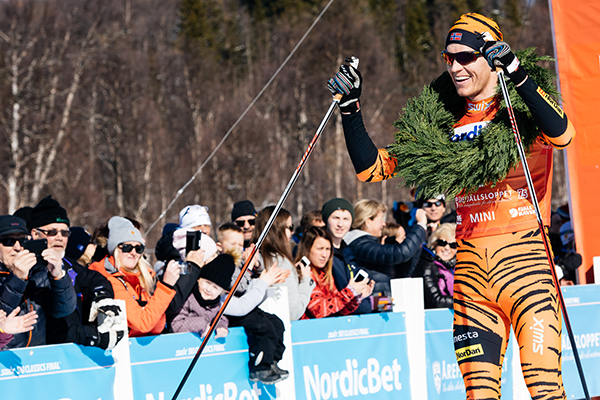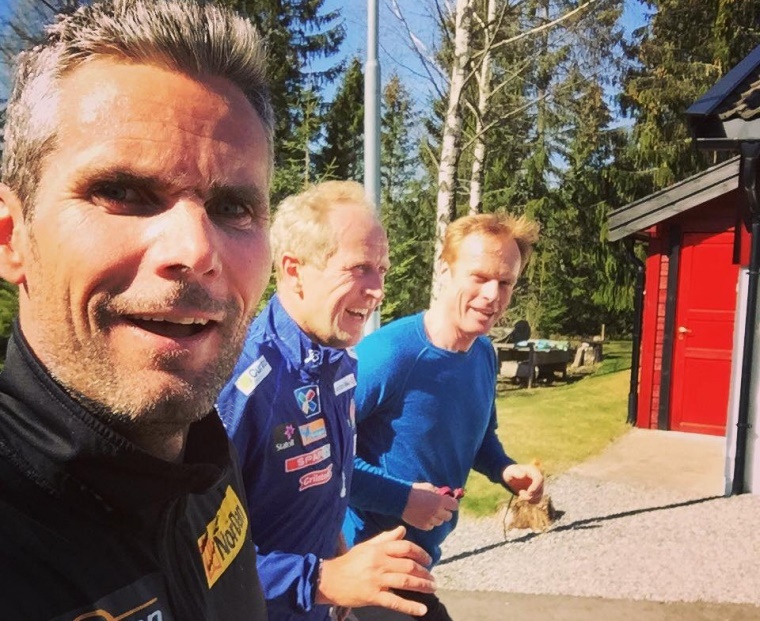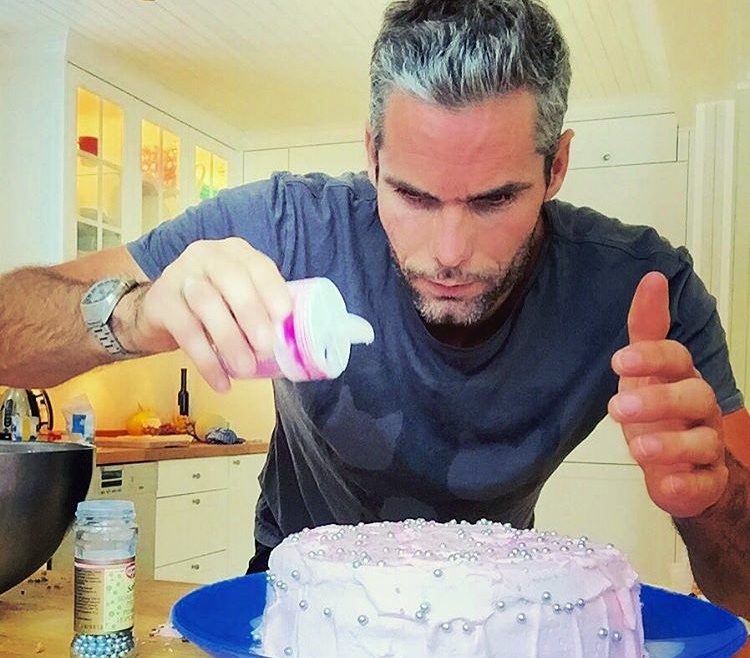
Thomas Alsgaard is fired up. Having challenged the International Ski Federation (FIS) regarding rules he considers arbitrary and insensitive to other venues for nordic skiing besides the World Cup, a potential divide may be opening up between the Ski Classics marathons and World Cup racing. With 15 Olympic and World Championships medals, Alsgaard is considered by many to be the most apt pupil of the skating technique, and has the palmares to corroborate that claim. As a veteran of World Cup and professional racing, and the owner/manager of Team LeasePlan, ski fans are receptive to his points against the FIS’s new regulations.
Earlier this month, the day before La Sgambeda, the opening race of the Ski Classics season, the Russian ski website Openski.ru interviewed the legend himself in Livigno, Italy. Reporter Denis Kabanen covered topics ranging from the FIS rule restricting pole length in classic-technique racing, to the growing divide between the Ski Classics and FIS, women racers at the highest level of the sport, and the future of double poling.
Kabanen provided FasterSkier with the original interview in English. Here is part of it (to read more, see Part I and Part II of OpenSki’s interview with Alsgaard):
OpenSki: What do you think of the development of double poling? Do you think the women’s side will develop the same as the men in a couple of years?
Thomas Alsgaard: I think so. You see, the distance between men and women in long distance; years ago it was usually half an hour, now it’s just a narrow … The men have developed, very fast, but the women have developed [at an even faster rate].
OS: Let’s talk about the double-pole rule. I was checking my length today for the first time, I have ski poles that are a centimeter too long. I will actually put something under my heel. What’s your opinion?
TA: The rule is there, so now you can’t do anything, so what’s the point? It’s a stupid rule… everything they are doing is because they are organized by people who think World Cup, and everything and every rule is meant for World Cup, and long distance racing … we just have to follow. So, I talked to them and said, ‘you knew this doesn’t change anything,’ and they said, ‘yeah, it doesn’t change anything.’ So, why the hell do you do it then? Are you kidding with us? Why? What’s the point?
OS: They say we don’t want technique to go a different way, like super-long ski poles.
TA: Yeah, but they don’t. That’s where they don’t have the knowledge … the double-poling king [two-time Ski Classics overall champion Petter Eliassen], he used one centimeter lower than the 83-percent rule.

OS: Could you tell me more about [Eliassen’s] experience last year? The year before he started with 150 centimeters, and then he went to 170, 172 cm, but you feel that he lost frequency? What did he gain?
TA: It’s more comfortable. If you do slow training, it’s very comfortable, but we have experienced, during the spring and summer, that in shorter hills and sprints you don’t get the frequency. If you have too long poles, it’s too much to move, so … Uphill it’s quite good, and for the average racer, just ski one speed around the track, it’s comfortable, but for the best poling speeds, a lot of times during the race then you have to go slower.
OS: I read that he said that regular classic length minus 30 centimeters for flat races, and hillier races maybe closer to skate. So two different lengths?
TA: That might be, but I still think skating poles … if you want to win the races, it’s too long.
OS: What’s the best frequency for double poling?
TA: It’s impossible to say. It’s all up to feeling. The terrain, speed of the snow, conditions, there are so many factors…
OS: In terms of technique, ski classics are developing like cycling races with teamwork; did you work out some kind of team tactic [for Team LeasePlan]?
TA: No, I never do that. I know from experience that if you want to win the race, you have to be able to read everything as it happens. You have to make the right decisions at the right time. It doesn’t matter if you have the best plan in the world if the [other racers] do something else, you have to adapt, you have to be there in the moment. It’s very complicated, but if you’re calm and have experience you usually do the right thing.

OS: Do you think double poling is something that will help young skiers get better at any kind of skiing?
TA: Yeah… People on a high level, with a high capacity, when they have been thrown out of the national team and get on to a long distance team, they train a lot more double poling and long distance training. Then they get also much more stronger in all-around skiing.
OS: That’s good for sport! Why would you stop that?
TA: Why avoid double poling? It makes everyone stronger. And the younger guys I have trained with are 16, 17; they are so strong. They can’t hold it for long, because the age, but they are so incredibly strong. I cannot keep up with them. When they grow up, when they get older, five, seven years from now, then we’ll really see. I know because I was from the first generation that grew up with skating, and when I won Lillehammer I was on a completely different level, technically, than all the other guys. I think the same will happen in classic in six years when these young guys grow up we’ll see some amazing double poling.
— FasterSkier’s Jake Ellis contributed reporting

Jake Ellis
Eccentric collector of quality ski equipment, Jake Ellis should have been born in Norway or Japan, but Northern Michigan is third best! If you see him on the trails, LOOK OUT, he's out of control 90% of the time.



